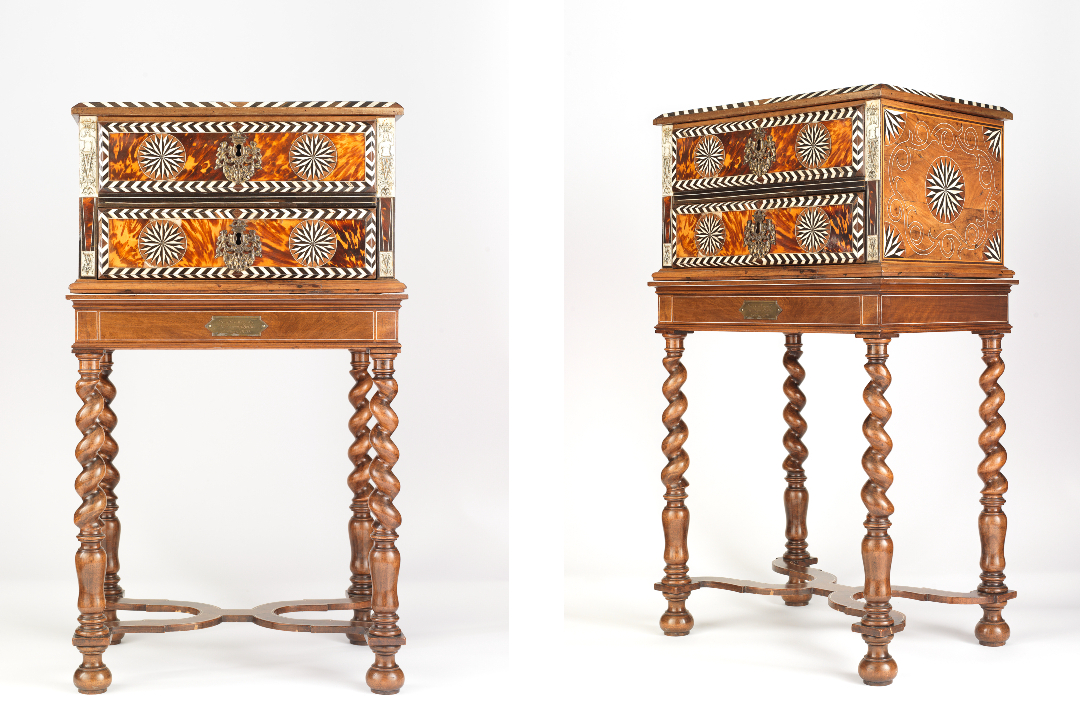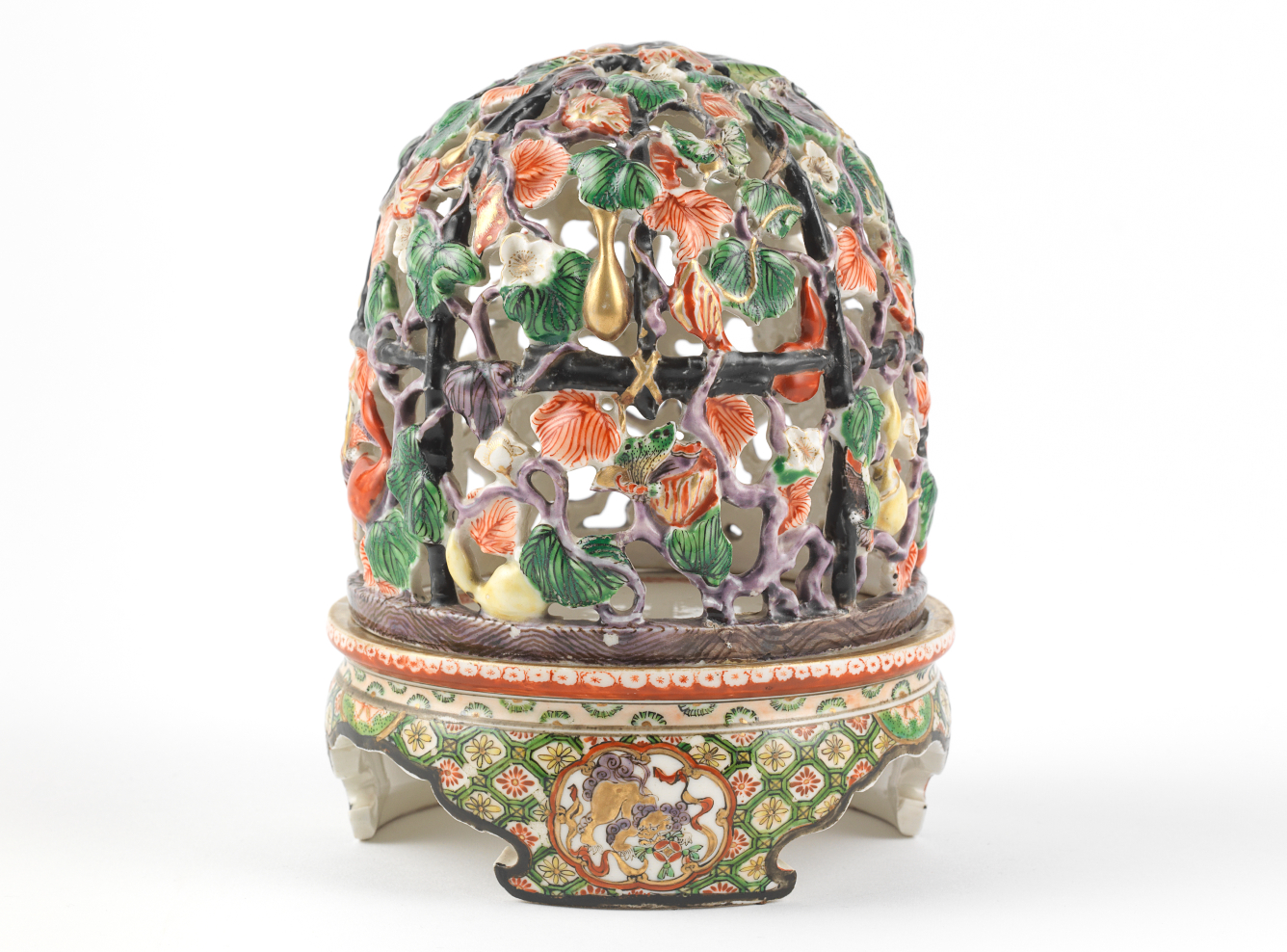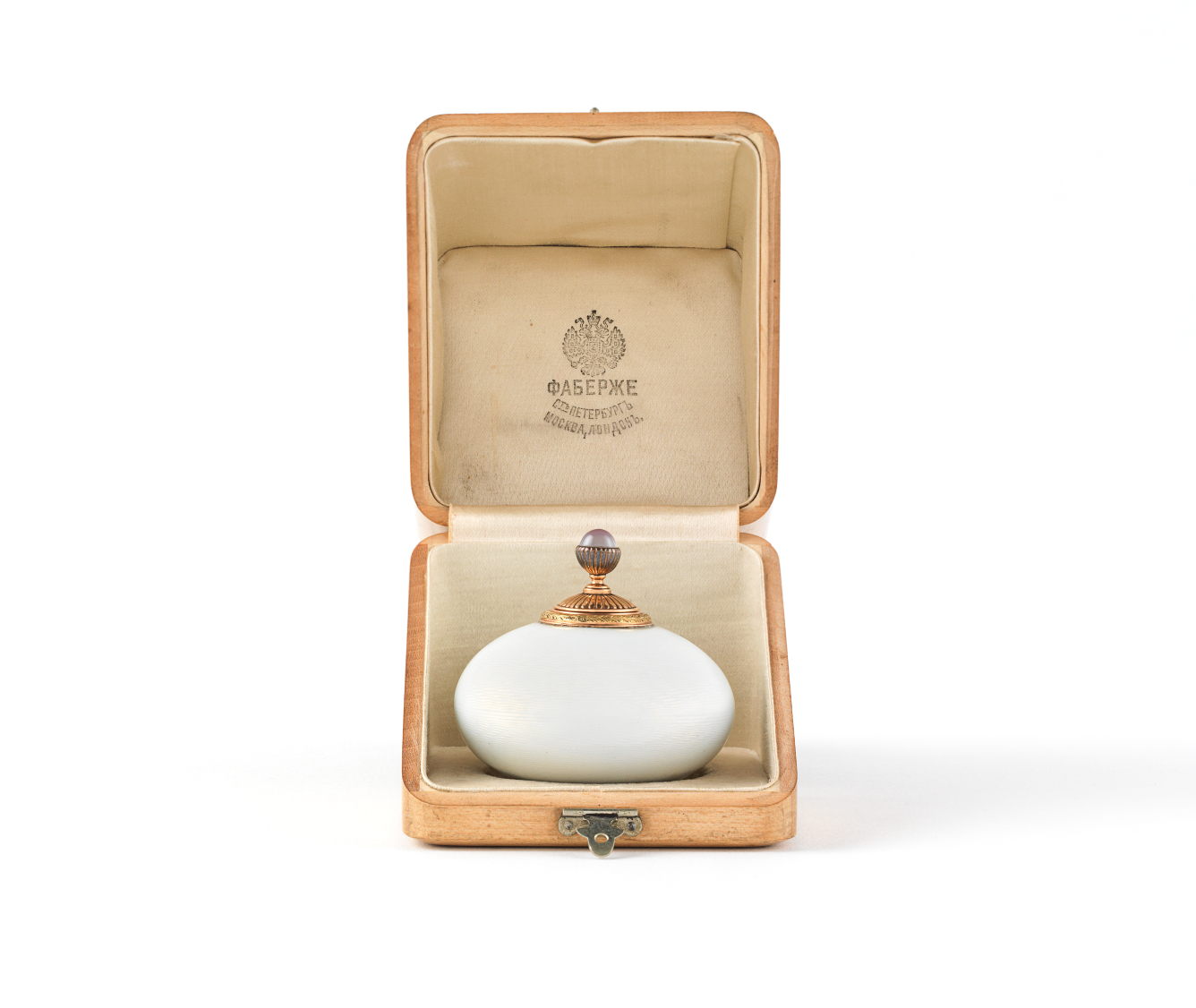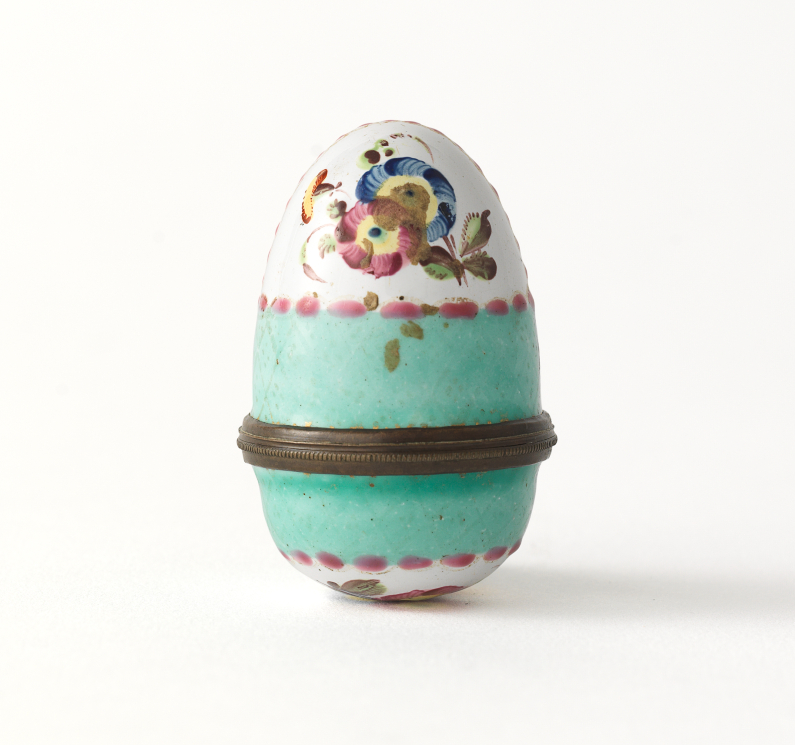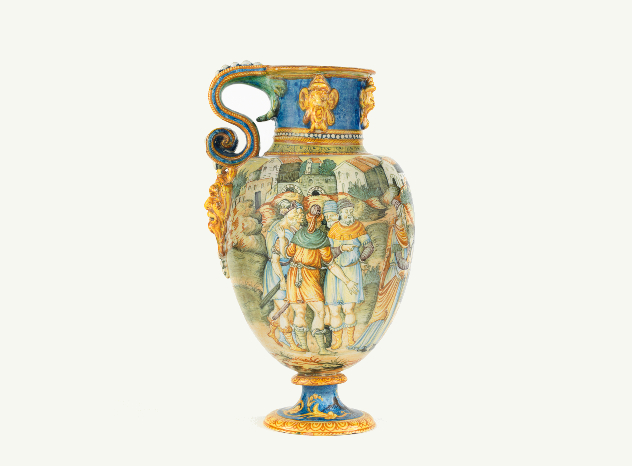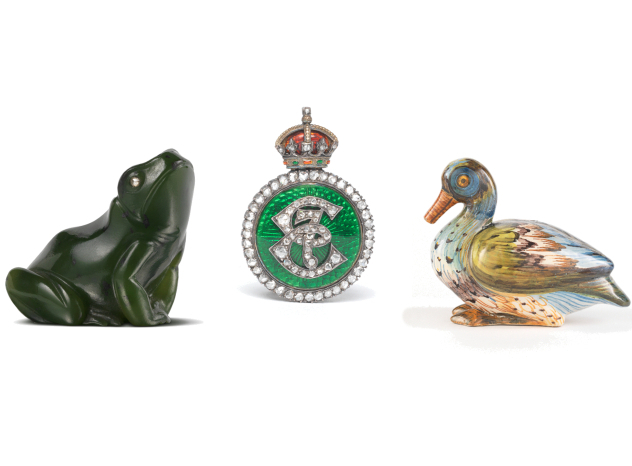Mrs Greville’s collection comes from all over the world. There are ceramics from China, hardstones from Siberia, paintings by Dutch Old Masters, a chest from colonial Mexico. This internationalism is a product of the globalised world which Britain played a key role in shaping over centuries.
An international business
Mrs Greville's father, William McEwan, opened his own brewery, McEwan’s, at Fountainbridge, Edinburgh, in 1856. The business grew rapidly and soon McEwan was selling beer across the British Empire. In 1868 the brewery exported 250 shipments overseas, to India, the Caribbean, Australia, and New Zealand, worth £34,000 (approximately £4 million in today’s terms).
It was this inheritance that enabled Mrs Greville to create Polesden Lacey.
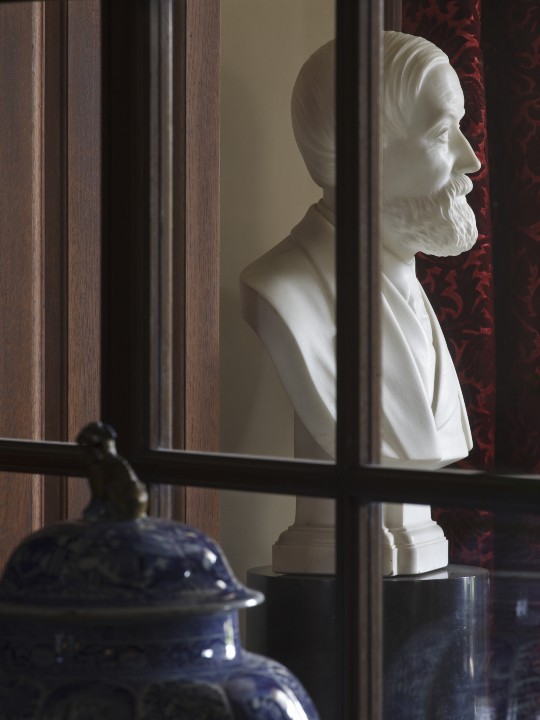
A bust of William McEwan, Mrs Greville's father, on display at Polesden Lacey
© National Trust Images/John Hammond
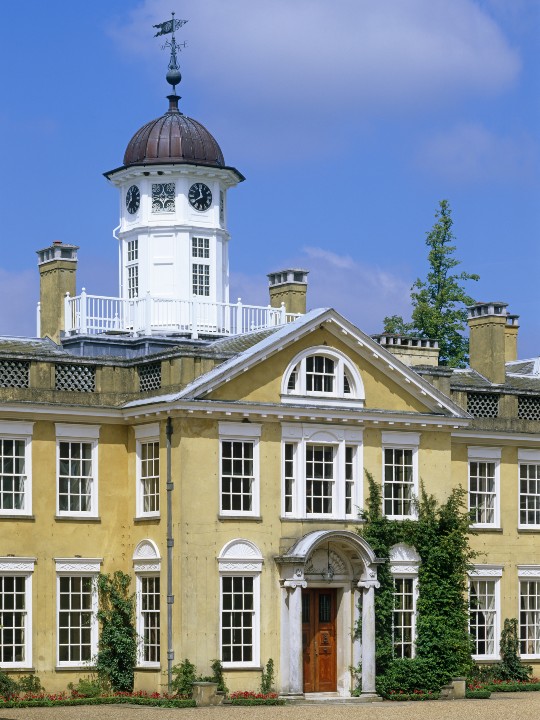
William McEwan gifted £80,000 to his daughter to purchase Polesden Lacey in 1907
©National Trust Images/Nick Meers
Status and style
The sheer opulence of the collection made plain Mrs Greville’s stunning wealth and refined taste. Like her father, Mrs Greville relied on art historians and dealers for advice on acquisitions. Her collection also includes gifts from members of the British Royal Family: a demonstration of her intimacy with them. King Edward VII once described her ‘genius for hospitality.’
In an age when men held most of the power, women, like Mrs Greville, had to find other ways to make their voices heard. This house was her opportunity to entertain and impress some of the most powerful and influential people of her day. She had an extraordinary gift for gaining their trust and friendship.
This ensured Mrs Greville was seen exactly as she wished: an influential hostess with the ear of politicians, aristocrats, and cultural figures. She became one of the twentieth century’s most successful hostesses.
Royal gifts, global origins
As a powerful socialite, Mrs Greville was connected to international royalty and was given many gifts which she used to furnish her weekend party house. Here are some of these gifts.
Inlaid Mexican chest, c.1660-1740
This chest, made in colonial Mexico, was a gift to Mrs Greville from the Queen of Spain, Victoria Eugenie of Battenberg (1887-1969), a granddaughter of Queen Victoria. The brass plate is inscribed ‘From her Majesty the Queen of Spain, November 1920’.
The chest – made of hardwood, turtleshell, ebony and ivory – is fitted as a jewellery box, and sits on an early-20th century walnut stand. The plates around the keyholes show an arched crown flanked to each side by a lion.
Incense burner, c.1850
This porcelain incense burner was thought to be a butterfly cage by Queen Mary, who gave it to Mrs Greville for Christmas in 1920. A handwritten card with the gift says, 'this may amuse you'.
The incense burner, made in Japan in the middle of the 19th century, is modelled in the form of a domed garden trellis overgrown with vines and gourds. Covered in variously coloured enamels, it is probably an example of Kutani revival (再興九谷 saikō-Kutani) ware – a creative adaptation of the colours and motifs seen on Chinese famille verte porcelain.
Fabergé gum pot
This gum pot, used for stamps, is engraved ‘HW’ for Henrik Wigström (1862–1923), head workmaster at Fabergé from 1903-17. It was a gift to Mrs Greville from Grand Duke Michael Mikhailovich of Russia, who purchased it in London in 1908 for £7, 15s (approximately £1,000 in today’s terms).
It is made of gold and translucent white enamel on a guilloché field, with a pink gold brush holder with a moonstone finial. It retains its original satin-lined hollywood case.
Thimble case, c.1700–1800
This enamel thimble case was made in Bilston in the West Midlands. It was a gift to Mrs Greville from the Queen of Spain, Victoria Eugenie of Battenberg.
